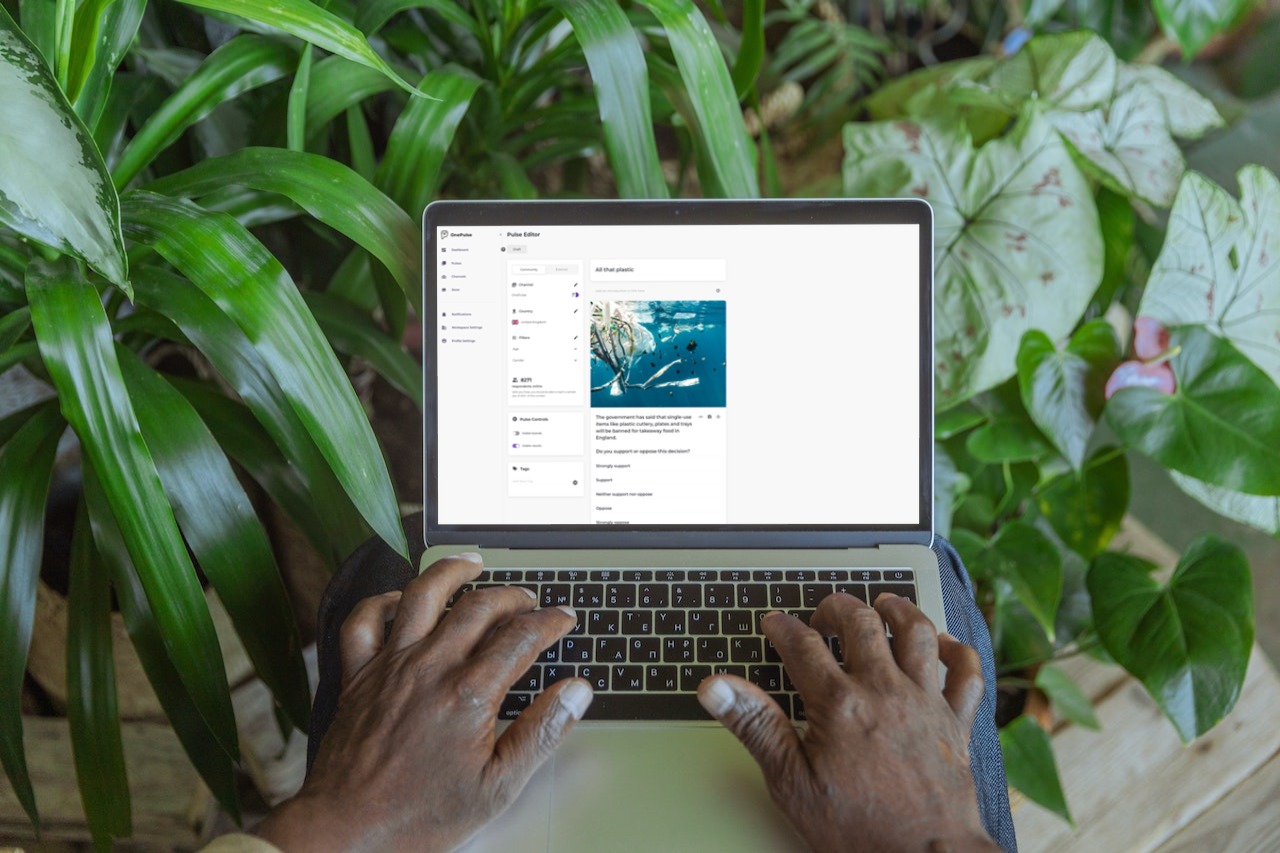Market Research Process: 7 Ways To Improve What You’re Doing
[…]

Your pocket-sized market research process guide
From startups to major brands trying to re-invent themselves, many businesses adopt a “throw everything at the wall and see what sticks” approach. But if you want to increase your chances of finding success in the market, It’s time to stop winging it and develop a sound market research process.
You have better odds of winning the lottery than you do of taking something from the idea stage to huge profit without following the right steps.
In this post, we help you replace the guesswork in your own product and business development. Keep reading to learn the benefits of a research-driven approach and how to execute a seven-step market research process.
Recommended: Market Research Surveys: What Trends Will Stick Around?
Benefits of Market Research
Utilizing research to guide your product development and marketing leads to better-performing products and campaigns. Let’s look at the top reasons a company should develop a market research process.
Smarter Decision Making
Take the guesswork out of making decisions. Use research to guide your decision-making process. Have a hunch about how your target customers would react to a change in your product? Conduct a short survey to confirm your suspicions.
True Customer Centricity
Put customers at the center of your product and marketing by gaining keen insights into customers’ habits and opinions.
Thought Leadership
Use your research findings to position yourself as an industry thought leader. Demonstrating an understanding of the market can help you stand out. People trust products and services from someone that understands them.
Better Time and Money Investment
Don’t waste money or time on a bad idea. Use research to avoid wasting money and time on a dud. Through concept testing, you can reject or refine ideas until they’re a better fit for the market.
7 Step Market Research Process
Thanks to the development of new mobile and agile research tools, market research is more accessible than ever before. Instead of engaging an outside research firm, companies can handle research in-house. Follow this proven market research process, and you’ll have actionable insights in no time.
Step 1: Define the Problem
You can’t conduct research if you don’t know what you’re trying to find out. Start by defining the business problem you’re facing. What question can you not answer without additional data?
Examples of types of research problems include:
- Brand Health. What do people think of your brand? How does it stack up with your competitors?
- Concept Testing. Test and optimize product features or marketing campaigns before you invest too much time or money into them.
- Customer Profiles. How do your target customers decide when and what to buy? What are their preferences? What are their dislikes?
For example, a winery is concerned about the increased sales of hard seltzers. The problem is they need to decide how to respond to the increased market share of hard seltzers. Is it a threat? Do they need to develop a new single-serve product line to compete?
Step 2: Pick a Method
Now that you know what the problem is, it’s time to decide how to research the answer.
Popular market research methods include:
- Mobile Surveys
- Online Surveys
- Focus Groups
- Phone Interviews
- Live Interview
Mobile surveys allow you to gather information quickly. The quick turnaround time is one of the reasons more companies are adopting this growing trend in market research surveys.
For our winery that’s worried about seltzer, mobile surveys would allow them to take the pulse of the market and test any of their potential responses.
Step 3: Determine Target Audience
After deciding on a method, it’s time to narrow down your target audience. You need to know who you want to talk to so you can pick the right sample. Don’t waste your time or budget surveying people who aren’t a part of your target market.
For example, responses from 19-year-olds won’t help our winery since the teens can’t buy their products. Using their existing customer insights, the winery knows its primary demographic is women between the ages of 25 and 45.
Step 4: Gather Insights
Once you know what to ask and who to ask, it’s time to gather your insights. That could be conducting a focus group, but most savvy brands will opt for short mobile surveys.
Our winery can use OnePulse to get hundreds of responses in minutes. They ask questions such as:
- How often do you drink wine?
- How often do you drink hard seltzer?
- How have your preferences changed in the last year?
- Drink more wine.
- Drink less wine.
- Drink more hard seltzer.
- Drink less hard seltzer.
Step 5: Process and Analyze
Next, it’s time to analyze the results. What did you learn? What conclusions can you draw?
The winery was surprised to learn that women who drink at least one hard seltzer a week were more likely to say they had drank less wine in the last year. The shift wasn’t as dramatic as they feared, but they are losing some market share to seltzer.
Step 6: Take Action
Apply your findings and take action. That could mean tweaking a marketing campaign or revising a product.
The winery suspects creating a single-serve product could help win back some of the customers they’ve lost to the convenience of cracking open a seltzer.
Step 7: Iterate
Whatever action you take as a result of your research, it’s important to repeat the process again to test your new ideas.
Before they move into production, the winery would need to do additional research on what customers want from a single-serve product. After all, there are already single-serve cans, boxes, and bottles of wine. The winery has to figure out how to make its product stand out and meet the needs of its target customers.
Using OnePulse in Your Market Research Process
The key to a successful market research process is simplicity. The easier and faster you can execute your research, the more useful it becomes. You might be less likely to research and test an idea if you have to wait for months to get the results.
With OnePulse, you have access to our highly engaged audience at your fingertips and will have your results the same day, often in less than 15 minutes. Sign up and send your first pulse today.
Related posts








